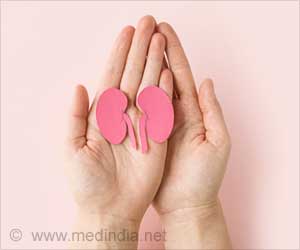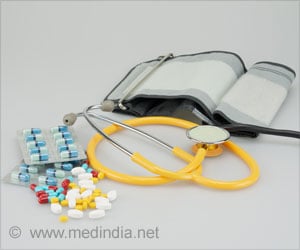It was found that those suffering from symptoms of hypertension in the young have to face the serious consequences of hypertension as they become adults.
According to a study it was found that those suffering from symptoms of hypertension in the young during the adolescent age have to face the serious consequences of hypertension as they become adults. About eight thousand adolescents were reviewed and found that prehypertension leads to hypertension as their lives progress.
Bonita Falkner, MD, professor of medicine and pediatrics at Thomas Jefferson Medical College in Philadelphia presented the findings today in New York City at the 21st Annual Scientific Meeting of the American Society of Hypertension (ASH 2006).Dr. Falkner and her colleagues examined data from the National Childhood Blood Pressure Database, comparing single blood pressure readings taken two years apart among 4,147 boys and 4,386 girls between the ages of 13 and 15 years. They found that there was a linear increase –from normal blood pressure, to prehypertension, to hypertension— in the percentage of adolescents classified with hypertension at the second examination.The data indicate that the progression of prehypertension to hypertension is approximately seven percent per year. ‘These findings are valuable,’ explained Dr. Falkner, ‘because while an adult’s current blood pressure level is the strongest indicator of that individual’s blood pressure in the future, the variability of blood pressure in the young make it less clear how well blood pressure classification at any particular point in time predicts subsequent blood pressure classification in an otherwise healthy adolescent population.’ The researchers identified different factors in boys and girls that appeared the most predictive of higher blood pressure.
They found that among the boys in the study, weight was important, with those who were initially heavier (as measured by Body Mass Index) and continued to gain weight having higher blood pressure, and an increased risk of progressing to hypertension. Among girls, age was a more significant element, with girls aged 15 showing higher blood pressure than those who were 13 years old. ‘Knowing which youngsters are most likely to progress to hypertension would provide the ability to target preventive interventions,’ Dr. Falkner said.
Source: Newswise





